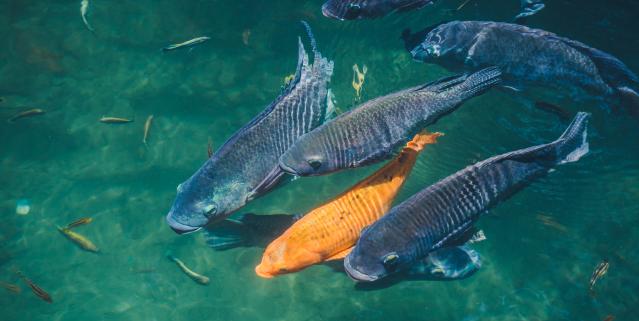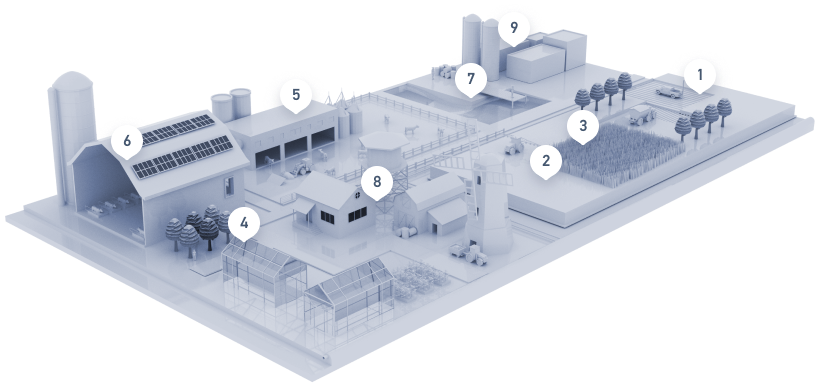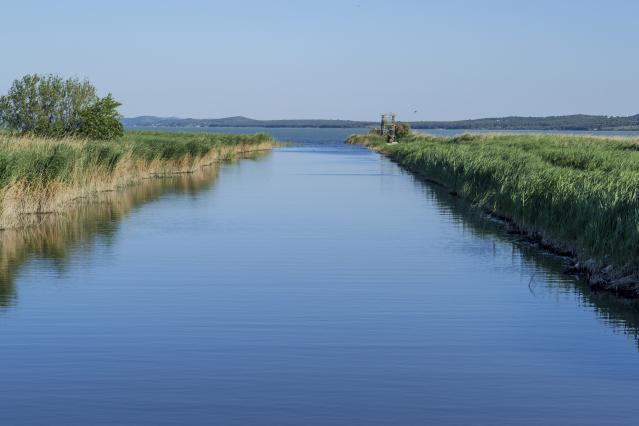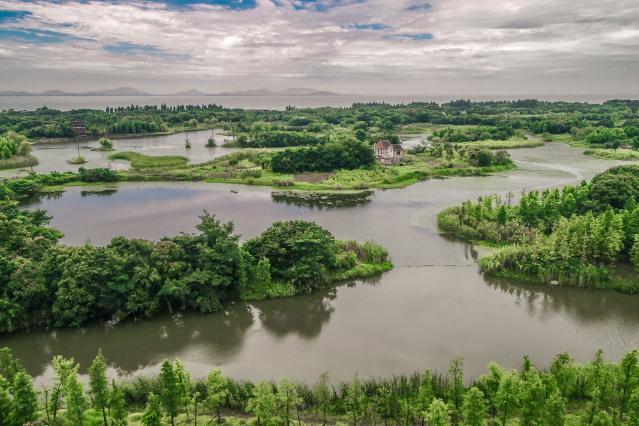
Do you have a question about this application? Ask our specialists
Contact us
Features & Benefits
Features
- Easy and safe for application
- Best source of calcium
- Very good disinfection activities
- Different and calculable dosages
- Anti-parasite effect
- Transforms silty soil
- Very effective
Benefits
- Improves the physical structure of the pond bottom.
- Increases the quantity and quality of plankton.
- Increases pond productivity.
- Recharge alkaline water reserves.
- Increase the oxygen content of the water.
- Combats different infections & diseases.
- Increase the water pH to the needed level.
Dedicated solutions for your specific needs

When should we apply TerraCalco® on our pond and why?
- When the alkaline reserves of the water are too low.
- When the concentration of organic matter is too high and may lead to a lack of oxygen.
- In the case of an outbreak of infectious diseases.
- When the soil becomes too silty.
- When the pH of the water is too low.
Why fishpond acidification is a significant problem?
- Detrimental Impact on Fish Health:
Acidic conditions can have profound negative effects on the fish welfare. It can lead to stress in the fish population, which in turn can result in reduced growth rates, weakened immune systems, and increased susceptibility to disease. In severe cases, it can even lead to fish mortality, threatening fish stocks and production.
- Altered Water Chemistry:
Acidification alters the fundamental chemistry of the water within fishponds. Lower pH levels disrupt the equilibrium of essential ions and minerals in the aquatic environment. This disruption can make it challenging for fish to maintain proper osmotic balance, leading to osmoregulatory problems that can affect fish physiology.
- Ecosystem Disruption:
Beyond the direct impact on fish, acidification can disrupt the entire aquatic ecosystem. It can harm other vital organisms such as zooplankton, phytoplankton, and aquatic invertebrates. These disruptions cascade through the food chain, affecting higher trophic levels and reducing overall biodiversity within the fishpond.
- Decline in Water Quality:
Acidic conditions can trigger the leaching of heavy metals from sediments into the water. This further deteriorates water quality and poses a risk to aquatic life. Contaminated water can harm fish health, and heavy metals may accumulate in fish tissues, impacting food safety.
- Economic Consequences:
Fishpond acidification can have economic repercussions for fisheries and aquaculture. Reduced fish growth rates, increased mortality, and declining water quality can result in financial losses for fish farmers and aquaculture.
- Environmental Sensitivity:
Fishponds and aquatic ecosystems are sensitive environments that require careful management. Acidification disrupts the natural balance of these ecosystems, affecting not only fish populations but also the broader aquatic biodiversity and ecological integrity.
How can we tackle fishpond acidification with TerraCalco®?
- Treatment of the Pond Bottom:
Liming by broadcast can be applied with a fertilizer spreader if the soil of the pond permits. This is best done in the fall and on a humid ground.
- Water Surface Application:
For small surface areas, shovels can be used to spread the lime. For larger areas, surface liming involves the use of a barge equipped with an automatic spreader and a pump that sucks the water and mixes it with the product before releasing it.
- Treatment at the Water Inlet Channel:
This process saves the effort of spreading. A lime mill is placed at the inlet channel. An endless chain on a paddlewheel drives the distribution auger of a silo where the product is stored. This type of mill can be actuated by a water flow of 1 Liter per second and can distribute up to 1.000 kg of product per week. It is an easy means of improving the alkaline reserve of the water.
As a rule, a minimum period of one or two months should be allowed before stocking after the pond is refilled.






